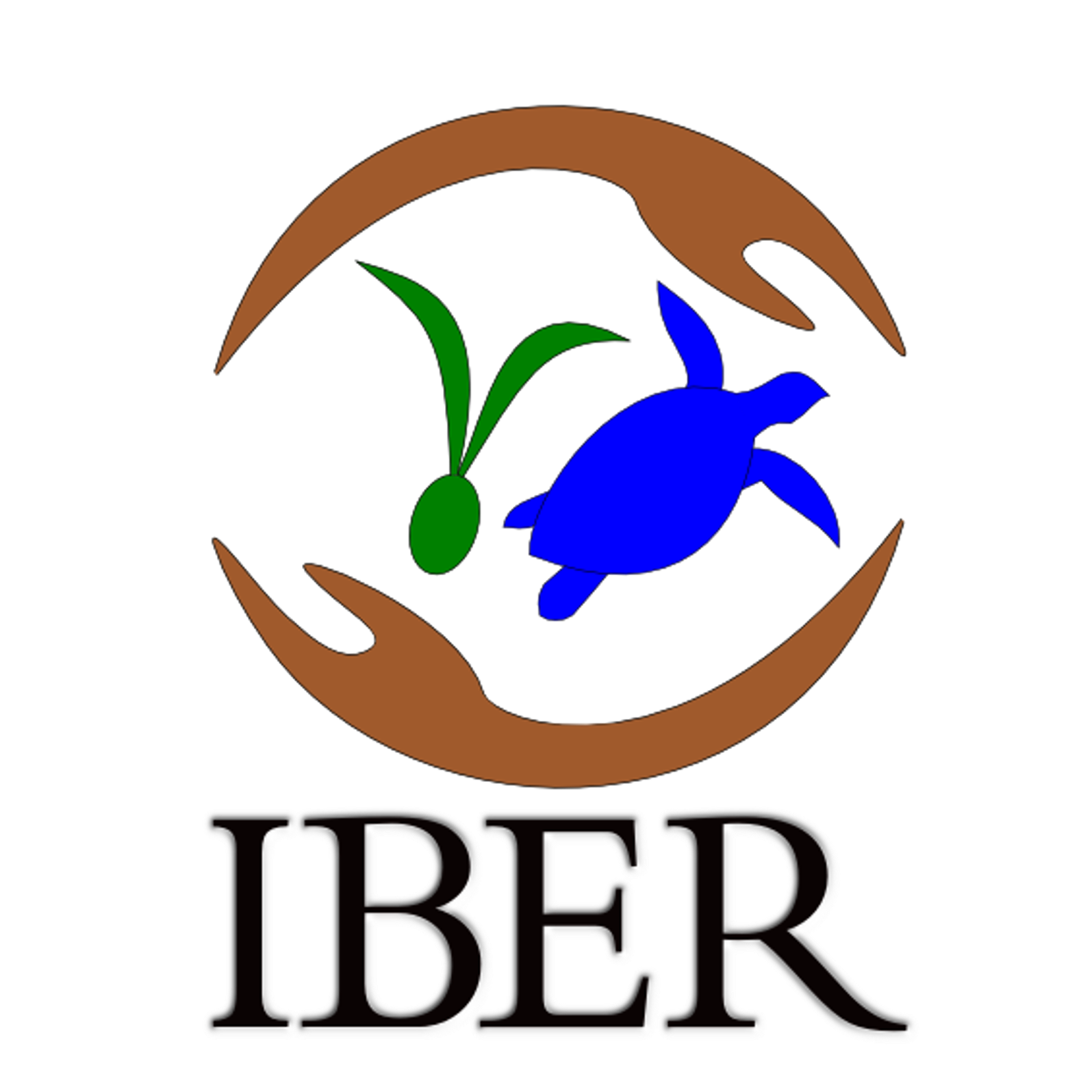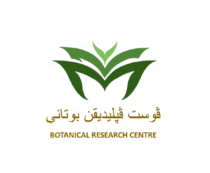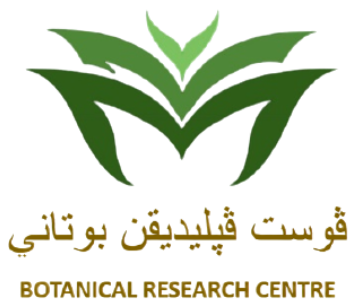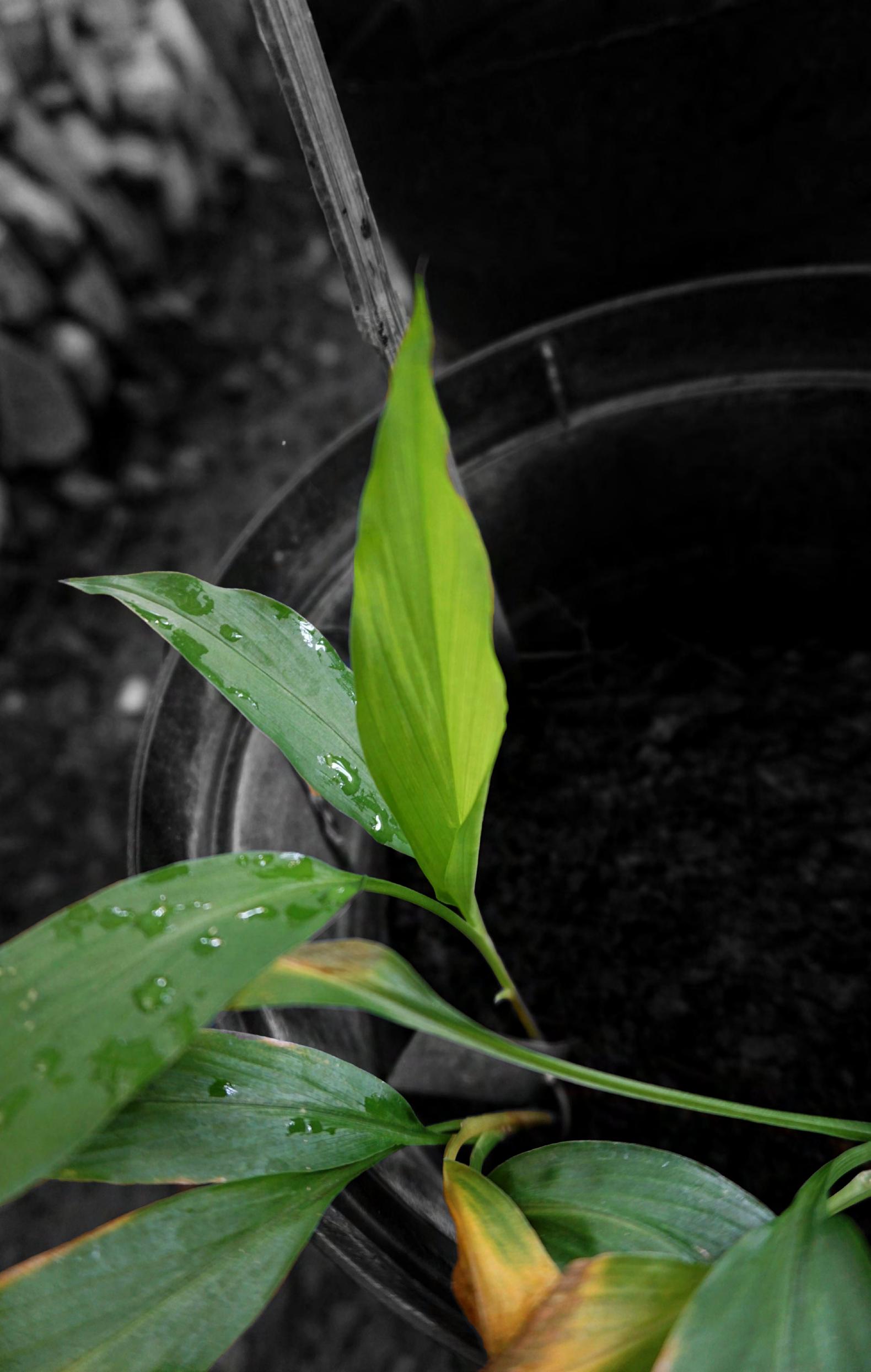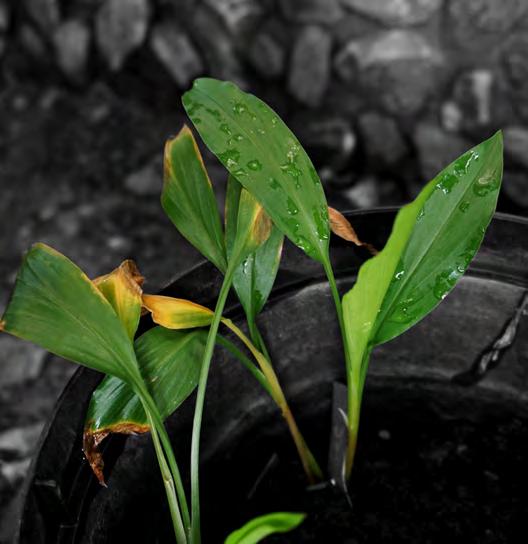Curcuma longa L.
Turmeric / Kunyit merah/Kunyit biasa (Bru.); Temu kunyit (Dus.)
Perennial herb that can reach up to 1m high. Leaves are simple, in alternate position, thin, smooth, covered with tiny gland dots that are visible under the light, dark green adaxially and light green abaxially. Leaf blade is linear to elliptic-lanceolate to oblong- lanceolate, acute at apex, cuneate or rounded at base with wavy margin. Pseudostems are erect, produced from the rhizome and can form large clumps. Flowers are white or yellowish-white and arranged in spikes. Inflorescence a terminal spike, surrounded by pale green bracts and growing from pseudostem. Rhizomes are strongly aromatic (spicy), thick, repeatedly branching with yellowish-
The local healers used the fresh flowers to relieve skin stung by bees by scrubbing it to the affected area as a poultice. Preclinical data shows that it possesses analgesic, neuropharmacological, anti-inflammatory,
It prefers moist, fertile clay loamy soil under shade. It thrives in lowland areas.
Rhizome division and seeds.
Native to tropical Asia.
None
